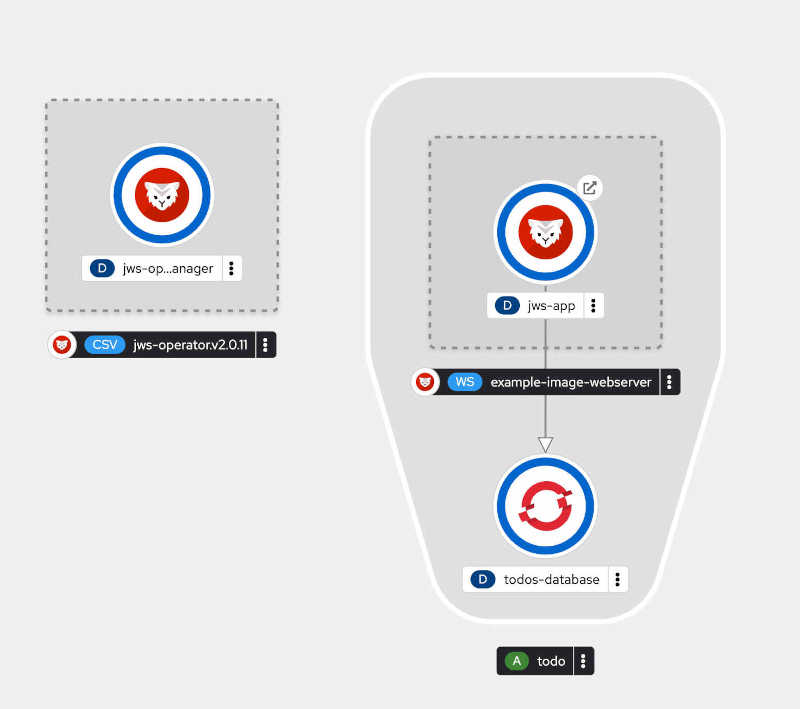Konveyor’s main strength lies in its comprehensive approach to migration and modernization. At the core of Konveyor’s functionality is its powerful analysis engine. This engine performs static source code analysis, identifying anti-patterns and issues that might hinder the application’s operation on a target platform. Utilizing community standards like the Language Server Protocol, Konveyor’s analysis engine uses rules designed to aid in various migration scenarios. Users can also create custom rules to address specific migration needs, enhancing Konveyor’s flexibility and adaptability.
Building a Resilient Cart Service with Quarkus and Infinispan Cache: A Step-by-Step Guide
The article is a comprehensive guide on creating, deploying, and managing the coolstore cart service using Quarkus and Infinispan. The guide details building the cart-service with Quarkus, packaging it, and deploying it to OpenShift. It covers single-site deployment with Infinispan cache configuration and extends to cross-site clustering for data replication and fault tolerance across multiple data centers. The article also addresses schema management and implementing fault tolerance with Smallrye Fault Tolerance for fallback mechanisms acorss multiple site deployments.
Ensure Secure and Up-to-date Projects with the Outdated Maven Plugin
It’s not an early Sunday morning. Sipping some Coffee and going through my feed and I find this gem that @Markus Eisele just posted. Well at first I saw the post as “Outdated Maven Plugin”, and I am like what does that mean? Anyways going into the git repo I see its a new project by Giovanni van der Schelde.
Stay up-to-date and secure with The Outdated Maven Plugin! The Outdated Maven Plugin is a tool designed to help developers identify outdated dependencies in their Maven projects. By scanning the dependencies of your project, this plugin determines if they are no longer actively maintained based on a user-defined threshold of inactivity in years. This ensures that your project remains up-to-date with the latest and most secure versions of its dependencies.
Java monitoring: Exploring Cryostat 2.4 features on OpenShift
Orignally posted at Red Hat Developers
Red Hat’s latest build of Cryostat 2.4, designed specifically for the Red Hat OpenShift Container Platform, brings a wealth of features and enhancements that cater to various monitoring needs for Java applications.
At its core, Cryostat 2.4 excels in comprehensive Java Flight Recorder (JFR) data management. Users can effortlessly start, stop, retrieve, archive, import, and export JFR data, all through an intuitive web console or an accessible HTTP API. This enhances the ease with which developers can handle JVM performance data. Moreover, Cryostat 2.4 provides flexibility in terms of data storage and analysis. Users can store and analyze JFR data directly on their Red Hat OpenShift or export it to external monitoring applications for a deeper dive into the data.

